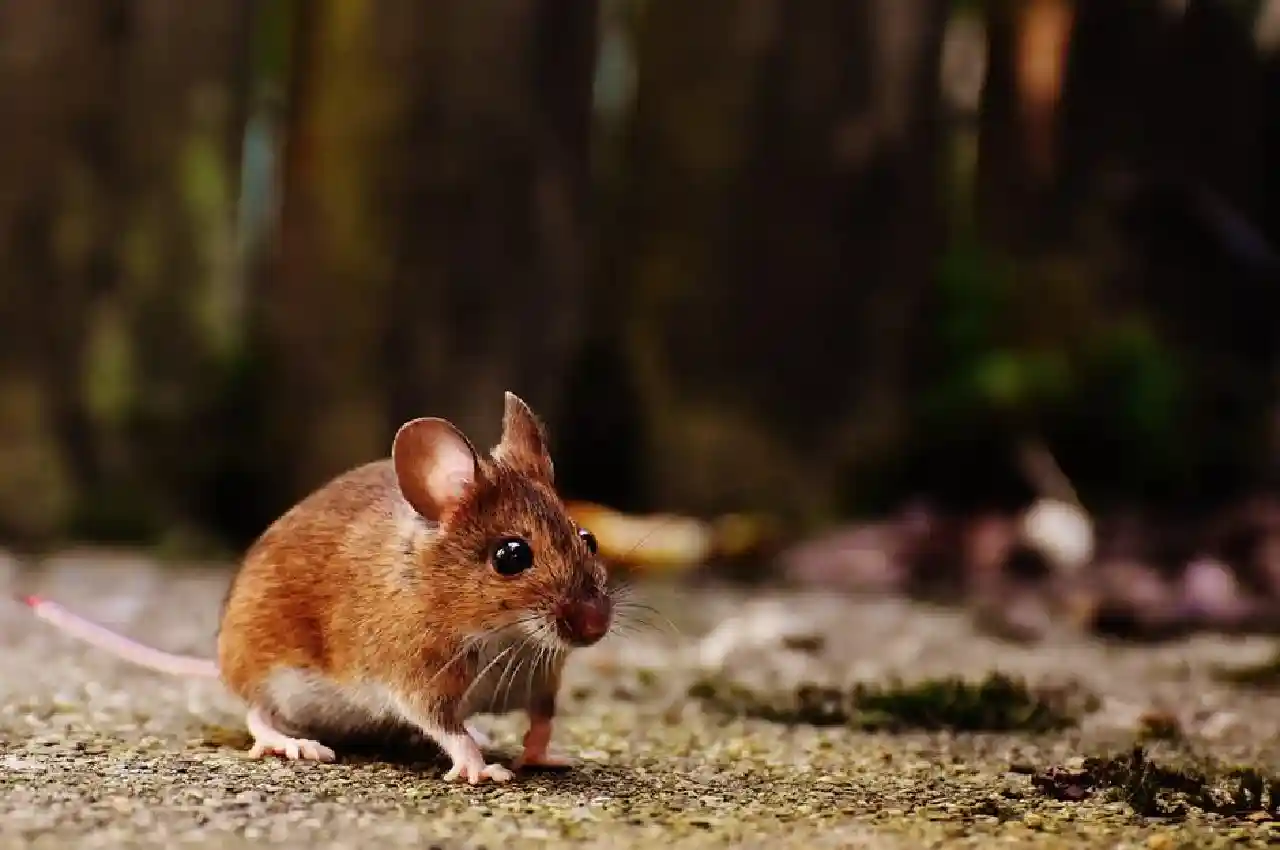NEWS
Effective Techniques for Rodent Exclusion: The Ultimate Guide

Living in a cozy home undisturbed by the daily hardships of nature is a luxury many of us cherish. However, the humble yet pesky rodent is one of the most common and unsavory intruders that can threaten this tranquility.
From mice to rats, these critters can wreak havoc on your household, posing health risks and causing property damage. Thankfully, rodent exclusion is a powerful and humane way to keep these unwelcome guests at bay.
Read on to learn some of the best ways for rodent exclusion.
Seal Entry Points
Rodent exclusion starts with preventing them from entering your home in the first place. Mice and rats can squeeze through even the tiniest openings, so sealing any potential entry points is essential. This includes gaps around doors and windows, cracks in walls or foundations, and spaces around pipes and cables.
Sealing entry points can be done with caulk, steel wool, or wire mesh materials. It’s essential to regularly check for and repair any new entry points that may appear.
Keep a Clean and Tidy Home
Rodents are attracted to sources of food and shelter, so maintaining a clean and tidy home is crucial in preventing infestations. Promptly clean up any spills or messes, store food in airtight containers, and take out the trash regularly.
Proper cleaning and sanitation also play a role in rodent exclusion. Rodents can carry diseases and contaminate surfaces with their urine and feces, posing health risks for humans.
Trim Trees and Shrubs
Rodents are skilled climbers who can use overhanging branches or shrubs to access your home. Keeping trees and shrubs trimmed away from your house can help prevent this. It’s also essential to remove any debris, such as piles of leaves or wood, that rodents may use for shelter.
Pest prevention goes beyond just the inside of your home. Keeping the exterior well-maintained can help reduce the risk of a rodent infestation.
Install Screens on Vents and Chimneys
Vents and chimneys are common rodent entry points, especially in older homes. Installing screens or covers over these openings can help prevent them from entering while allowing proper ventilation. It’s essential to regularly clean and inspect these screens for any damage or wear.
DIY pest prevention can work. But it’s best to consult a pro if you have a bad infestation or are unsure how to keep rodents out of your home.
Work with a Professional
If you’re dealing with a current rodent infestation, working with a professional pest control company near you is best. They have the knowledge, experience, and tools to safely and effectively remove rodents from your home. They can also help identify and seal entry points to prevent future infestations.
Pest control professionals can also provide ongoing monitoring and maintenance services to ensure your home remains rodent-free.
Utilize Natural Deterrents
Incorporating natural deterrents can be eco-friendly to discourage rodents from invading your home. These can include essential oils, such as peppermint or eucalyptus, known to repel rodents. Placing these scents around potential entry points or where rodents have been seen can help keep them away.
Additionally, using natural predators like cats or installing owl boxes in your yard can also act as a deterrent for rodents.
Learning Techniques for Rodent Exclusion
Rodent exclusion is an essential part of maintaining a safe and comfortable home. So don’t wait until you have a rodent infestation, take these preventative measures now to ensure a pest-free home. Remember, a little effort and proactiveness can go a long way in keeping your living space peaceful and rodent-free.
Want to learn more? Visit our website and read more.
Having completed my education in English, I’ve cultivated a successful career as a content writer. My tenure includes valued collaborations with distinguished professional organizations, reflecting my commitment to producing high-quality content.
Contact me on this mail: [email protected]










